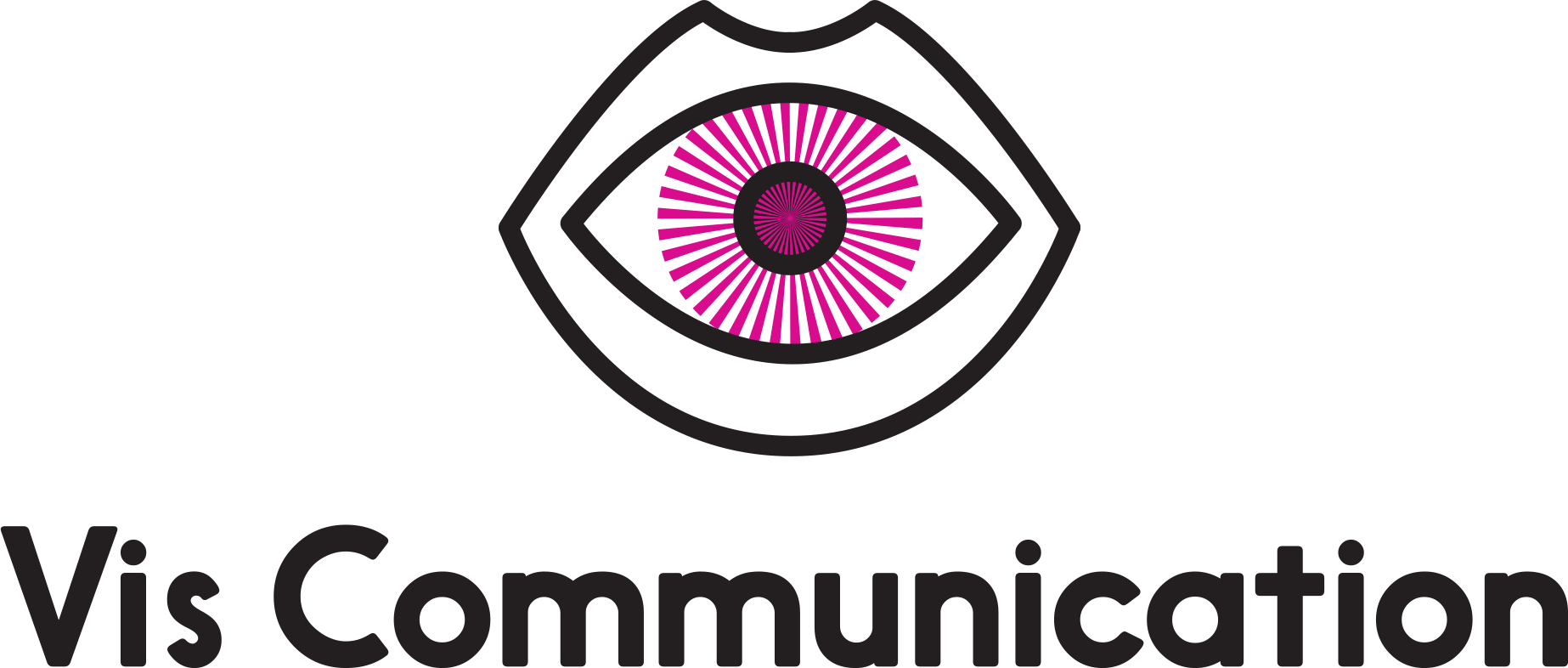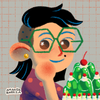Not Sketching is Sketchy
Why sketching is an essential tool.
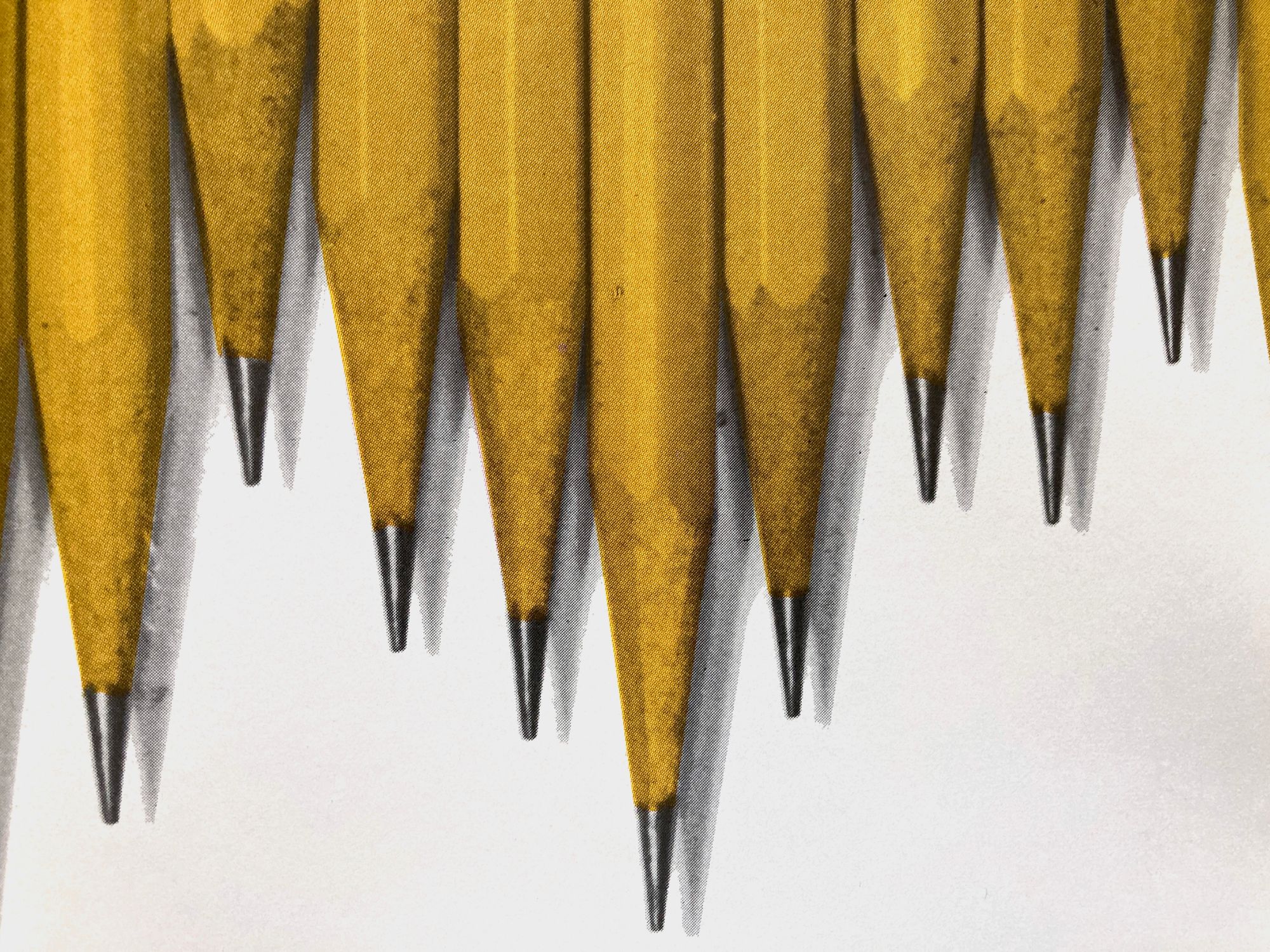
Let me start by making clear that sketching is NOT drawing. I am not particularly good at drawing. Or I’m super rusty anyway. I could not draw you a cat right now that you wouldn’t make fun of. But you really do not need those skills to sketch. If you can draw basic shapes, you can sketch out an idea. And really, no one has to see it but you. You’ll see in the example below that it’s just shapes. I have a shorthand I use – the organic squiggles indicate photography, parallel lines usually indicate small text, and wavy lines are for larger text.
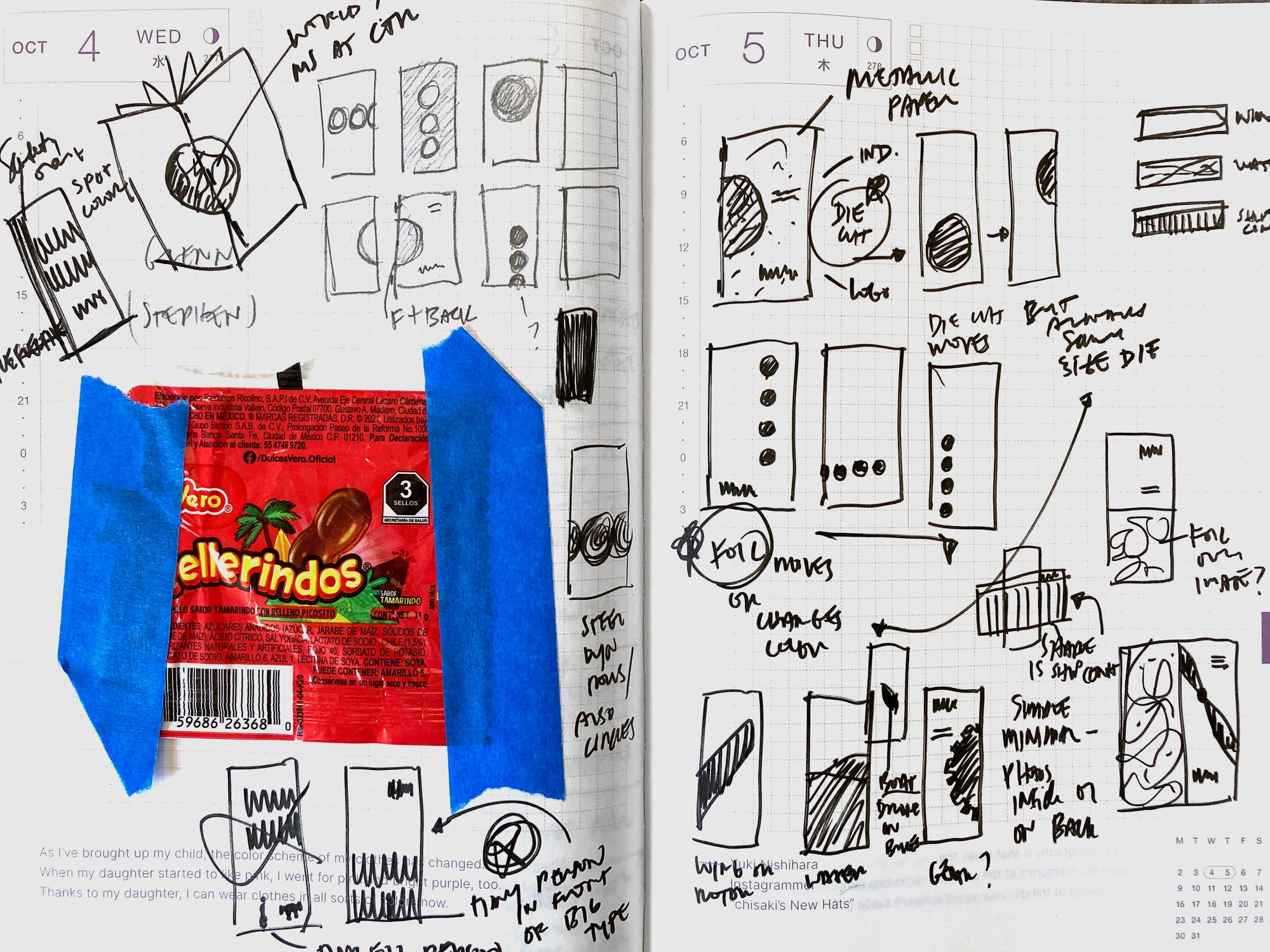
The other thing I want to say is that I don’t really care if you’re sketching with pen and paper or a stylus and tablet. For 4 out of the 5 reasons, it doesn’t matter one bit. But in this digital age, why bother anyway?
1. You don’t rely on your go-to’s.
It’s really easy to have your go-to ideas or maybe some presets or an idea that got killed for some other project you keep in your back pocket. If you’re in a real time crunch, those can be life savers. But if you have time, step away. Starting with a sketch will generate ideas you would have never come up with sitting straight down at the computer. Keep those life savers for when you really need them.
2. It’s easy to generate a lot of ideas quickly.
Thomas Edison once said, “To have a good idea, have a lot of them.” Sketching is a lot like brainstorming. Some ideas will be terrible, some will be OK, but some will be good. And you may just need one or two good ones. Often, after I sketch for a while, I’ll go back later and highlight the 4 or 5 I think are worth going to the computer with. Of those, 2 or 3 will shake out pretty quickly as worth fleshing out all the way.
3. It helps you understand the problem better.
This is from a study done with architects, but I think it applies to all designers. You’re sketching to gain knowledge about something, and to create a structure for that knowledge. If you skip the step of sketching, you’re missing out on the learning part of the process. Below is part of the abstract, but you can read the full abstract and study here.
Sketches are an essential tool for designers. They allow the externalizing of ideas and are therefore economic cognitively. … In particular, sketching helps the architect mobilize knowledge distant from the initial topic. Moreover, the designer carries out through sketching an important work of knowledge structuration that we call ‘knowledge preordering’; by carefully selecting, testing and, if necessary, removing knowledge, the designer organizes a strategically built knowledge space. In particular, all elements involving modularity or determinism in the knowledge basis are abandoned. Such knowledge preordering thus allows the building of a splitting knowledge structure, which offers new rules for concept generation and enhances the production of original and disruptive ideas.
4. It allows you to show rather than tell.
If you can communicate quickly the gist of what you’re trying to do, you may save yourself time down the road. Maybe you’ve gone down the wrong path. Maybe everyone feels better to know that you’re going down the right path. I was working on a packaging design and given the way I had to lay it out mechanically in the design program, it didn’t make sense to anyone. A quick sketch of how it folded together cleared it up for everyone without going to the trouble of a full mock-up.
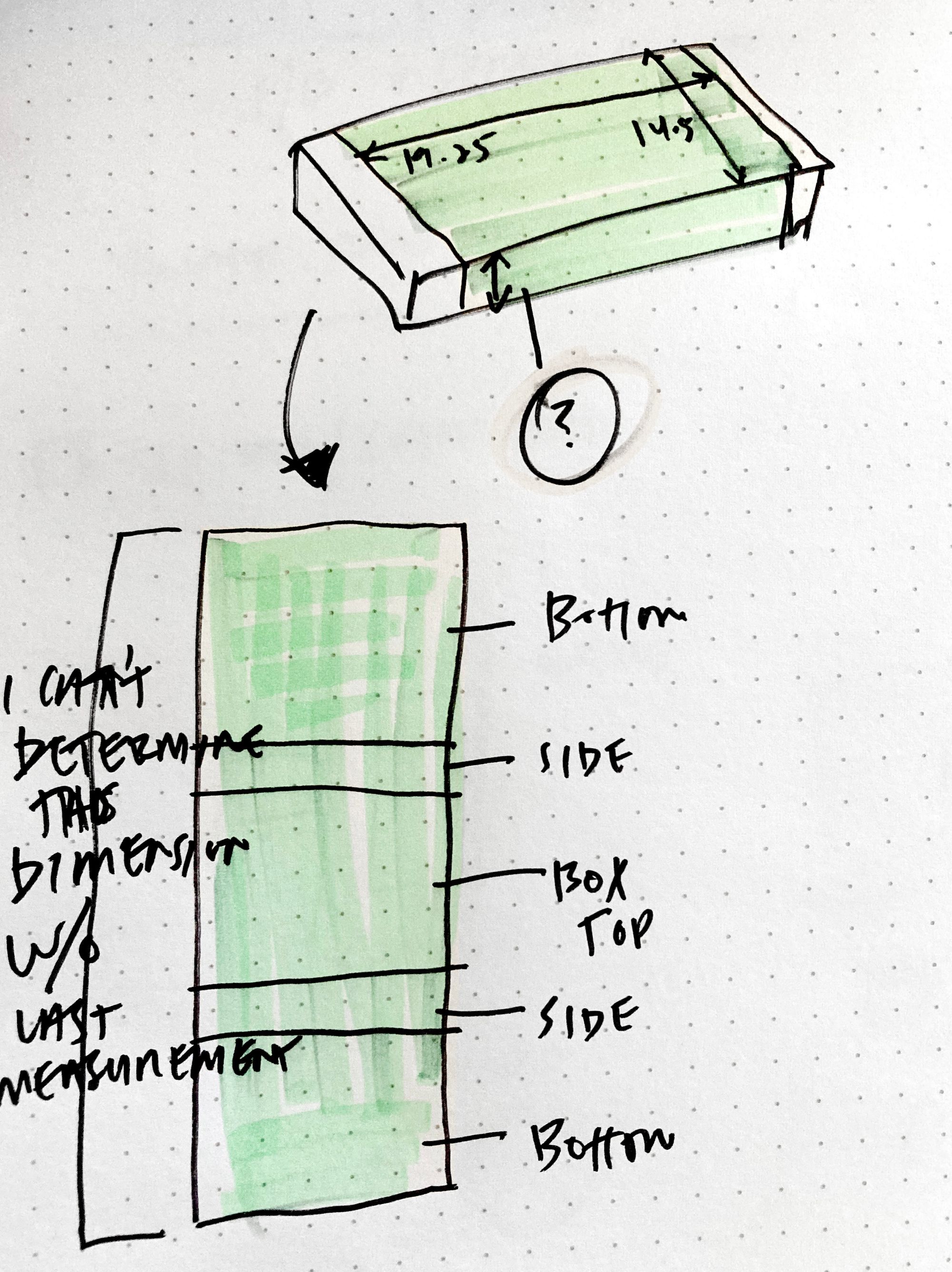
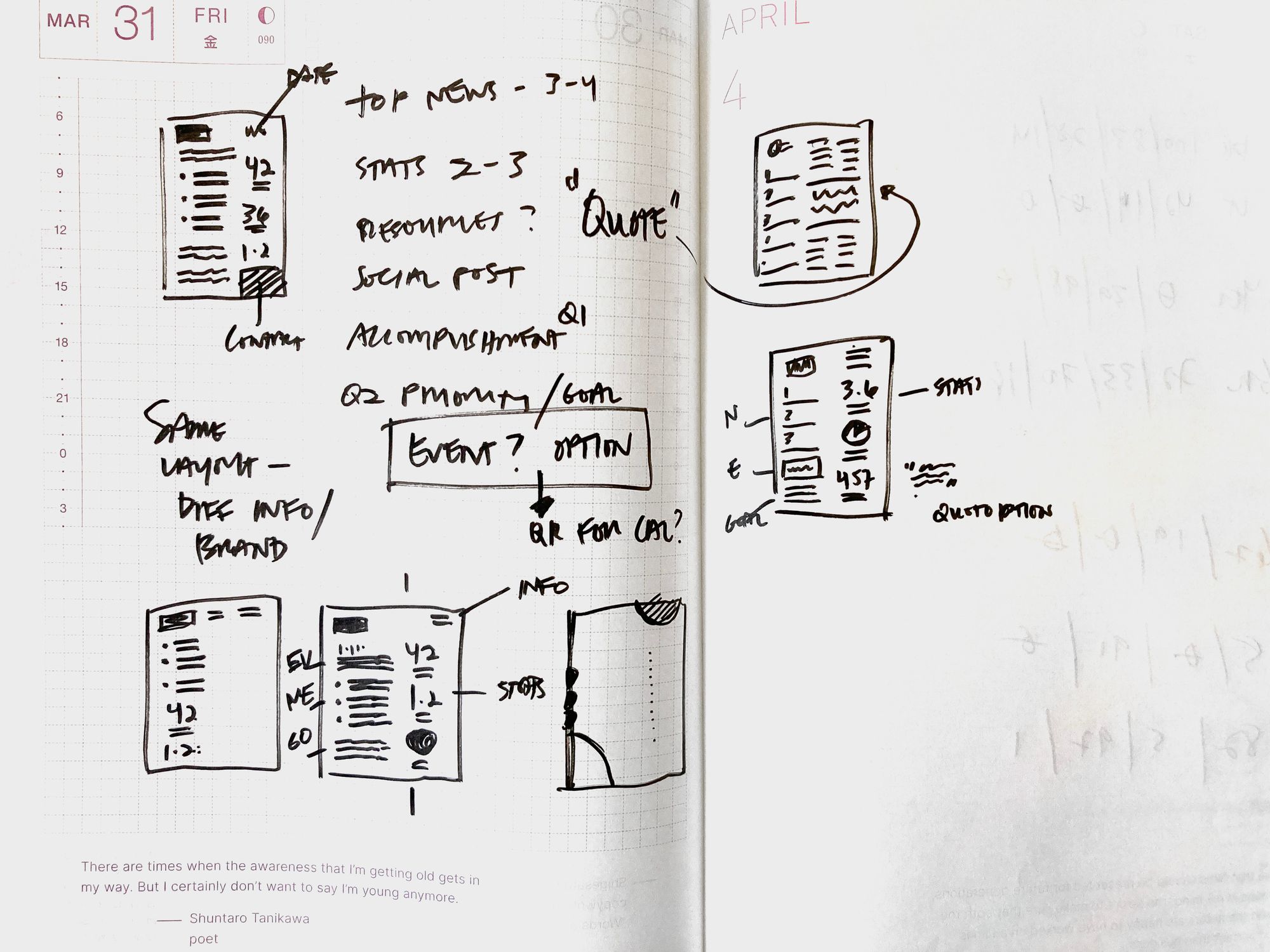
5. It’s fun to get away from your computer.
Don’t you want to get away from your computer for a bit? Go outside? Have a legit excuse to avoid emails for a while? You don’t need to be tethered to anything to sketch. Sometimes a change of scenery can shift your brain in a good way. This is also why I personally prefer analog tools for sketching. No cords. No charging anything. Just get up from your desk and go sketch somewhere.
For the Designer
Go sketch! You don’t have to render anything realistically. They’re just notes from your brain made visible. You can try a bunch of stuff without spending much time. You can get away from your computer. Maybe you just learn more about the problem. There is no downside.
For the Client
This may seem like an artsy fartsy part of the design process, but it’s a real tool that allows us to do our job better. You can try it too. The next time you’re trying to figure something out, map it out on a piece of paper – use only basic shapes. Some people sketch as a way of taking notes. You can try it in your next meeting. Draw how the notes relate to each other. Emphasize words that you think are the most important. Make a quick sketch of a chart that was important.
